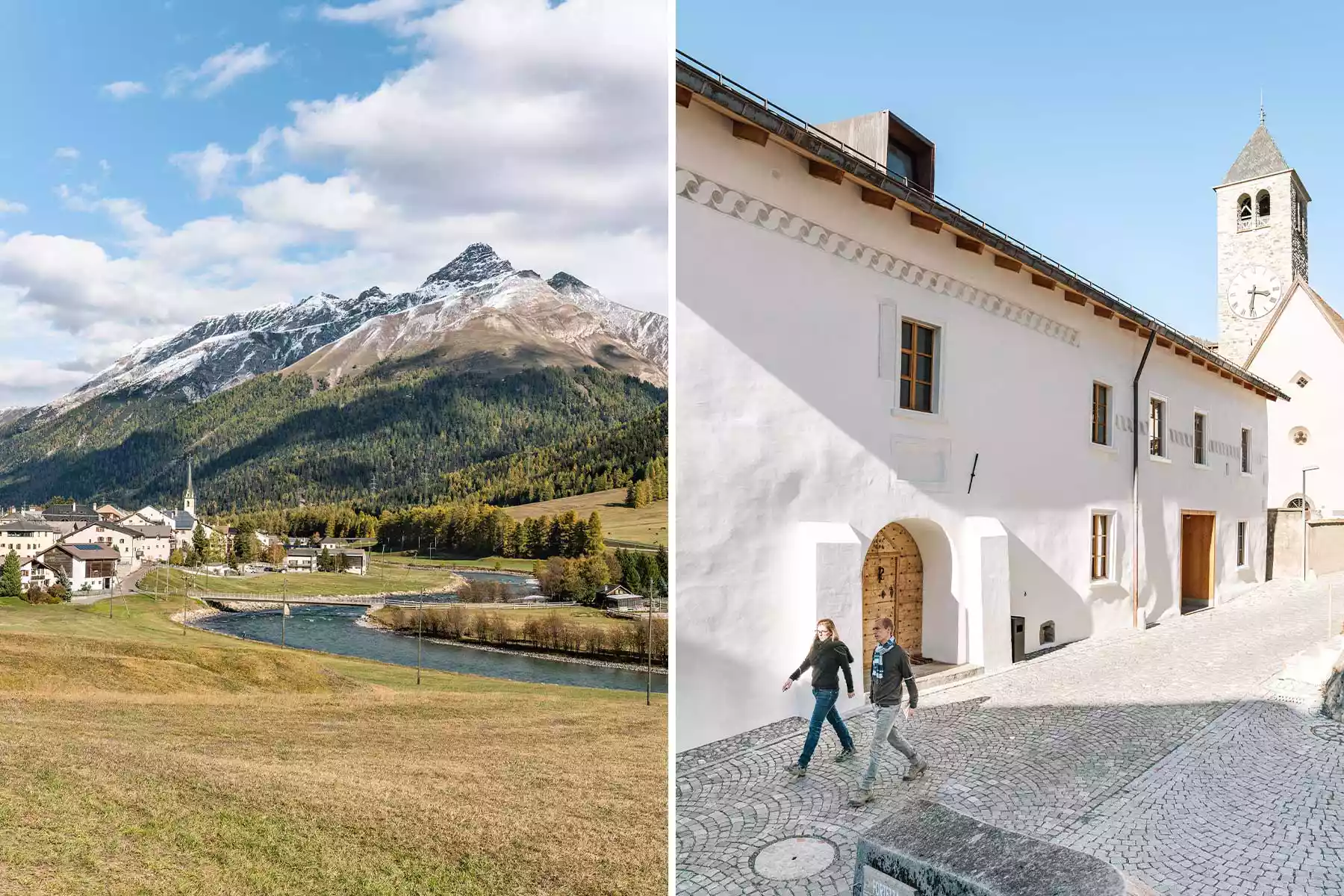Summary
Engadine Valley: A Cultural Capital
With the opening of the Muzeum Susch, the serene Engadine Valley has become a surprising cultural capital. At first glance, the village of Susch appears sleepy and conservative. Nestled at the lower end of the Engadine Valley in southeastern Switzerland, it consists of a cluster of Alpine dwellings, unchanged for centuries and home to merely 200 residents. Until 2019, the primary attraction was a clinic for individuals dealing with burnout, drawn to the area’s tranquility. As a result, it seemed an improbable location for one of Europe’s boldest new contemporary art museums.
Muzeum Susch and Its Artistic Heritage
However, this village transformed into a cultural hotspot when the Muzeum Susch opened in two beautifully renovated structures along the banks of the Inn River—one being a 12th-century monastery and the other a 19th-century brewery. This museum was established by Grażyna Kulczyk, a Polish entrepreneur, who desired to provide a platform for showcasing works by female artists she believed had been neglected in the art community.
During my visit in December 2020, the main exhibition spotlighted Evelyne Axell, a Belgian painter whose bold expression is vividly represented through her works. Axell, who studied under surrealist painter René Magritte, embraced Pop art and crafted joyfully erotic images of women’s bodies, often painted in oil or assembled from colored plastics. Her artistry not only serves as a reflection of the past but also resonates in contemporary discussions surrounding female empowerment, especially in the context of the #MeToo movement.
Art Galleries and Exhibitions
As an extension of its cultural offerings, Muzeum Susch has joined a growing network of contemporary art galleries transforming the Engadine Valley into a dynamic center of the art world. The region boasts a rich artistic legacy, tracing back to the 19th-century Impressionist painter Giovanni Segantini, whose preserved home and studio can be explored in the village of Maloja.
Contemporary art first found its way into the valley in 1963 when Bruno Bischofberger inaugurated a gallery in the upscale ski resort of St. Moritz, approximately 25 miles from Susch. His target audience was the winter elite, providing a unique opportunity to sell artworks during leisure stays. Many notable names, including Julian Schnabel, David Salle, and Jean-Michel Basquiat, gained representation through Bischofberger’s network.
Since the early 2000s, the landscape has dramatically evolved, with over 30 new galleries and museums arriving in the area. Substantial establishments like Hauser & Wirth, which opened an Alpine venue in 2018, contribute to this flourishing community. The founders were drawn to the supportive ecology within the Engadine art scene.
Where to Stay
- Kulm Hotel St. Moritz: The Engadine’s grandest property has been in operation for over 160 years. Doubles from $970.
- Pensiun Aldier: This small hotel in the village of Sent features works by Alberto Giacometti. Doubles from $159.
- Villa Flor: A charming seven-room establishment in S-chanf, a short drive from St. Moritz. Doubles from $320.
- Waldhaus Sils: A luxurious and unique hotel set amid the idyllic forests of Sils Maria. Doubles from $585.
What to Do
- Galerie Tschudi: One of the region’s inaugural galleries housed in a 16th-century building in Zuoz.
- Galerie von Bartha: Located in S-chanf, this gallery occupies a 15th-century hay barn.
- Hauser & Wirth: This international gallery features a vast exhibition space in St. Moritz.
- Monica de Cardenas: An extension of the Milan contemporary art gallery situated in Zuoz.
- Muzeum Susch: Focused on works by contemporary female artists in meticulously restored historical buildings.
- Segantini Museum: A dedicated space in St. Moritz celebrating the landscapes of Giovanni Segantini.
- Tarasp Castle: Not Vital’s contemporary art venue set within an 11th-century castle in Scuol.
- Vito Schnabel Gallery: A contemporary art venue run by artist Julian Schnabel’s son in St. Moritz.




